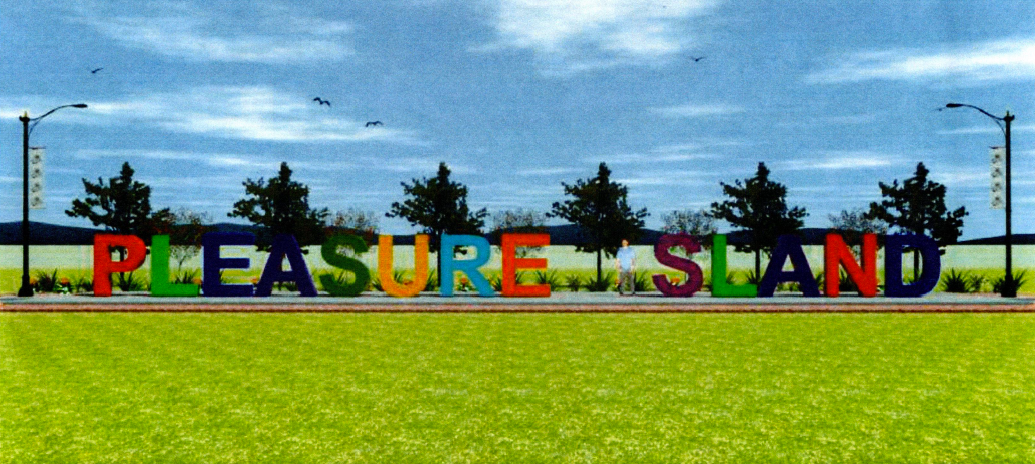Hurricane season slow, still dangerous
Published 2:26 pm Saturday, August 8, 2009
If hurricane season seems a bit uneventful you are correct.
After being in the cross hairs of two major hurricanes in the past four years, the current hurricane season hasn’t produced any named storms and only one tropical depression which lasted May 28-29.
Sam Shamburger, meteorologist with the National Weather Service in Lake Charles explained the two main reasons; El Nino and waves of dust and dry air moving across Africa from the Sahara Desert.
The El Nino pattern occurs every three to five years with the last El Nino in 2006, he said.
The National Oceanic and Atmospheric Administration lowered the hurricane outlook on Aug. 6 now expects a near-to below-normal Atlantic hurricane season, as the calming effects of El Nino continue to develop.
But scientists say the season’s quiet start does not guarantee quiet times ahead. The season, which began June 1, is entering its historical peak period of August through October, when most storms form.
Routine satellite monitoring began in 1966 and the latest date in which a named storm formed was Aug. 30, 1967, Shamburger said. He feels that as the end of August approaches, at least one named storm will form.
“It’s very likely something will form later in the month,” he said.
During an average season, there are 11 named storms with winds of at least 39 mph, of which six become hurricanes with winds of 74 mph or greater and two of those become major hurricanes with winds of 111 mph or higher, according to NOAA.
In recent weeks, forecasts for the return of El Nino – warmer than normal waters along the equatorial central and eastern Pacific Ocean – have come to fruition.
Hurricanes which affect the U.S. begin in the form of tropical waves coming off the coast of Africa. But as of late, dust from the Sahara Desert has blown across the area keeping tropical waves from forming. October coming in a close second, Shamburger said. The reason is water temperatures are typically at their highest at this time.
The current water temperature in Sabine Pass is 92 degrees. Waters in the middle of the Gulf of Mexico is in the mid-to-upper 80s, which is normal, he said.
Water temperatures in the central and eastern Atlantic are actually a bit below normal for this time of year, he added.
But don’t count of El Nino to keep the storms away, he said. In October, 2002, Hurricane Lili struck Vermilion Parish, Louisiana. Southeast Texans were evacuated as the storm seemingly pointed at the Texas coastline.
Other storms to form during El Nino include Betsy in 1965, Camille in 1969 and Danny in 1997.
The 1992 Atlantic hurricane season, for example, had a below-normal number of named storms and hurricanes. The first storm did not form until late August, when Hurricane Andrew hit southern Florida as a destructive Category 5 storm.
“While this hurricane season has gotten off to quiet start, it’s critical that the American people are prepared in case a hurricane strikes,” Commerce Secretary Gary Locke said in a NOAA press release.
mmeaux@panews.com





